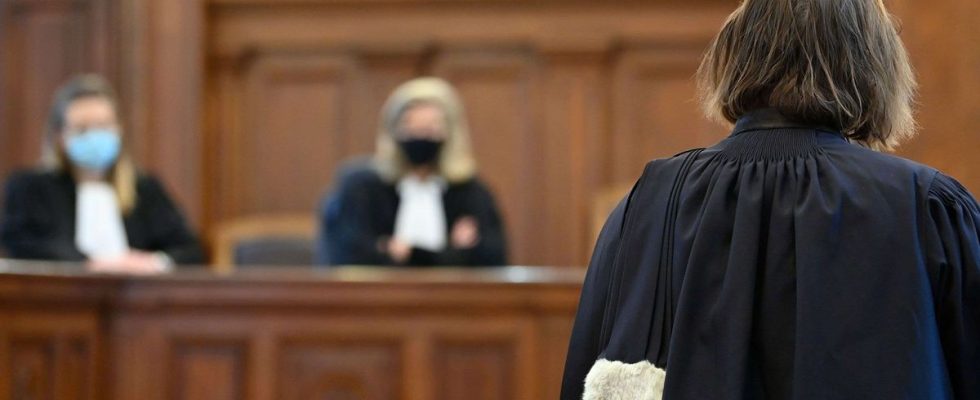Kill or be killed. If we no longer count the number of women incarcerated after having killed their violent husbands, the cases of acquittal in this type of case can be counted on the fingers of one hand. To date, only four women have escaped conviction for murder after the courts recognized their self-defense. Master Janine Bonaggiunta, Alexandra Lange’s lawyerthe first woman to have benefited from such a verdict, returns to 20 minutes about this question.
Self-defense, what exactly is it?
The principle of self-defense is framed by articles 122-5, 6 and 7 of the Penal Code. This is the only case where a person, in self-defense, can be excused for having committed a habitually reprehensible act. In summary, self-defense “is the authorization given by the law to defend oneself, to protect someone or property, during an attack”.
There are, however, five conditions that must be met to apply this principle. “The attack must be unjustified”, in other words, there must not be “good cause”. “The defense must be done for oneself or for another person.” “The defense must be immediate”, and not a few minutes, hours or days later. “The defense must be necessary for its protection”, understanding that the gesture accomplished is the only possible solution at the moment. “The defense must be proportional”, for example you do not shoot a gun at a person who slapped you.
Why have so few battered women benefited from it?
“It’s always at the limit, we play on a tightrope because it depends on the jurors, on the impression that the accused made at the hearing, on the history lived with the man… It’s very far from being systematic,” explains Me Bonaggiunta. The other concern in this type of case is that the facts generally take place behind closed doors: “It is up to the defense to provide proof that there was self-defense when, often, there is no there are no witnesses. It is in fact difficult to establish reality,” continues Alexandra Lange’s lawyer.
The lawyer recognizes it, it’s “heads or tails”: “In the case of Alexandra Lange, another jury composition might have said that the response was disproportionate because she had a knife and he did not. It doesn’t matter much. » This was the case for Adriana Sampaïo, sentenced in 2019 to seven years in prison for “intentional violence leading to death without intention of causing it” after stabbing her partner. She was finally acquitted in 2020 by the Court of Appeal which recognized her self-defense.
Since the Lange affair in 2012, Me Bonaggiunta has made domestic violence his specialty. Cases of women having killed their violent partner, she sees between four and five each year. “There is no miracle recipe, most are doomed. Sometimes to ten years of imprisonment, sometimes to a sentence equivalent to the duration of pre-trial detention, sometimes to suspended sentence,” she explains. She has only had one acquittal for such acts in her career.
A forced passage through the prison box?
In all cases, women who have killed their violent spouses are placed in pre-trial detention before their trial. They can stay there for a long time, like the forty-year-old acquitted on Thursday by the Pas-de-Calais Assize Court after two and a half years of detention. They can also benefit from a measure of release before their trial, as was the case for Alexandra Lange, who appeared free after serving a year in prison.
In the event of acquittal, the sentence served in pre-trial detention can therefore be subject to compensation: “This is a request that the defense is making on behalf of its client to the courts for arbitrary detention,” assures Maître Bonaggiunta. Her client, Alexandra Lange, had also taken the step: “Of course she had won her case for compensation for her moral damage. It is systematic from the moment there has been an acquittal,” she adds, without specifying the amount of compensation.
This works in almost all cases of pre-trial detention followed by dismissal, acquittal or acquittal. The Court of Cassation tempers nevertheless, insisting on the fact that no reparation is due when the absence of conviction “has as its sole basis irresponsibility, an amnesty or the prescription of public action”, when the person has “freely and voluntarily accused or allowed to be wrongly accused” or “when the person was at the same time detained for another reason”.

